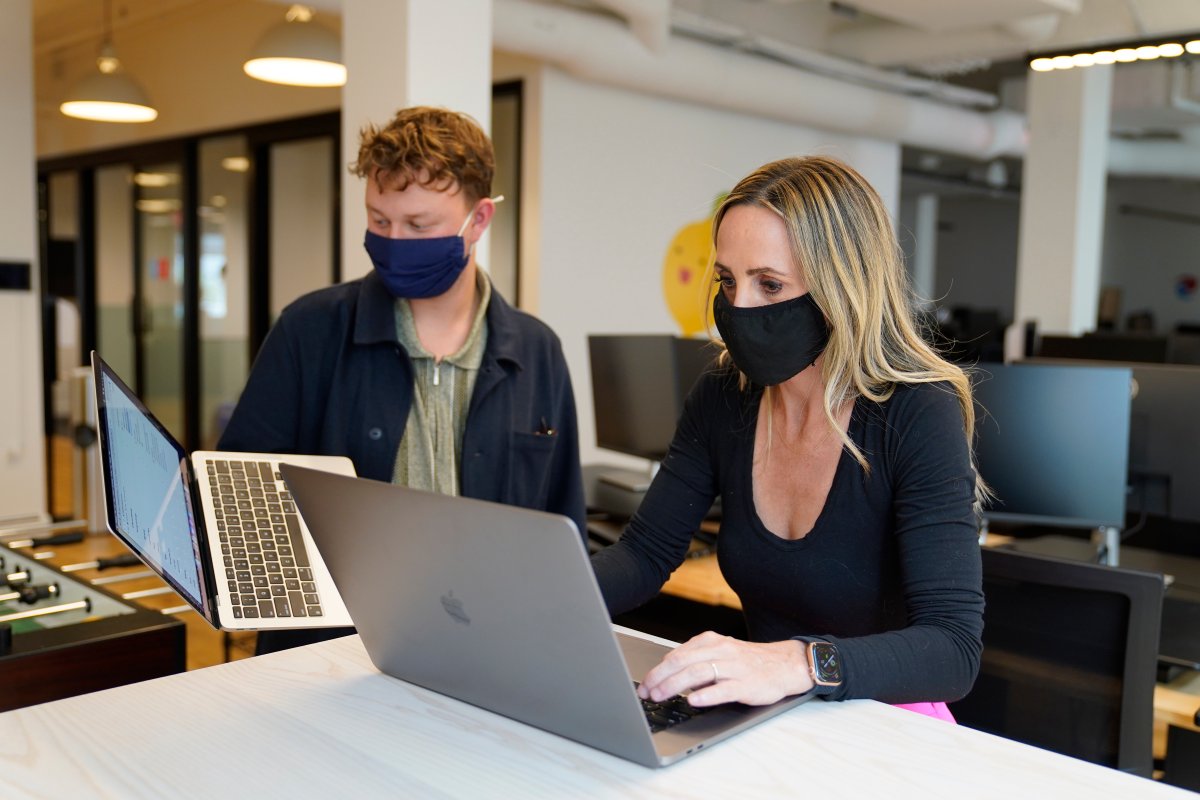A new report from Microsoft says that since February 2020, the average Microsoft-teams viewer saw a 252 per cent increase in their weekly online meeting times.

The report also says that the number of weekly online meetings has increased 150 per cent.
As workplaces call workers back to the office or move to hybrid models, Jana Raver, an organizational behaviour expert at Queen’s University’s Smith School of Business in Kingston, Ont., says it is time to find more effective ways to collaborate.
Raver says that meeting times can be dialed back at least 25 to 30 per cent or more, given most offices are still working in hybrid models. While there is a need to touch base with people through video calls to collaborate, managers could consider if they need a full 60 minutes.
“I think organizations should have a default of 45 or 50 minutes. Don’t have your organizational scheduling default 60-minute meetings, kick it back at least 25 per cent. Do you really need the 30-minute meeting? Maybe you need five minutes or 10 minutes. Do we really need to always schedule all those times?
“And even better, let’s consider doing post meetings where we don’t even put them on the calendar to begin with but we just say, ‘Hey, do you have five minutes to chat?'”
She added that before the pandemic, managers were used to being able to walk around the office and see who was doing what. With remote work, they wanted a way to see whether or not people were actually working.
“There was an attempt or an interest in kind of controlling more through meetings. But that’s led to this huge increase in meetings, which is completely unnecessary, in my opinion.”
As people go back to the office, Raver said they need time to reconnect and engage in more informal, spontaneous ways that foster innovation and positive energy.
Online meetings have also changed the behaviour of the people attending them, she said. Sitting in a boardroom and multitasking was not really an option, as no one usually pulls out their computer and starts typing away in the middle of a work meeting. But that is something everybody is doing now, Raver said.

“We know from research on multitasking that it’s a terrible way of actually trying to be productive that actually ends up with continuous partial attention.”
She added that shorter meetings — say, 20 minutes, rather than an hour — could allow employees to focus on the meeting, then work for another 20 minutes and have spare time to do something else.
As a solution to the problem of too many meetings, Raver suggests that managers think about the minimum number of people who are essential for a meeting. Afterwards, meeting minutes can also be shared with the rest of the group for a quick summary.
Another solution is the idea of pulse meetings — rather than having an hour-long meeting, have a 20-minute team huddle at some point in the day. She added that there new communication channels other than meetings that allow employees and managers to collaborate asynchronously to get work done without really having a face-to-face, like instant messaging, draft feedbacks and other collaboration platforms.
“That’s the efficient way to stay in the flow of doing your individual productive work while getting the information you need when you need it, and not waiting for that meeting later on,” she said.

Despite the overall trend of extra time spent in meetings, some people have actually had fewer meetings during the pandemic. Raver said there are those who have enjoyed a more individual-focused approach during the pandemic, where they were not overloaded with emails and meetings from their employers and colleagues. That group loved the individual productivity, had increased focus and attention, and could get more work done.
Raver concluded by saying that it’s not just about dropping meetings for the sake of it, but rather because to preserve the ability of people to stay productive.




Comments